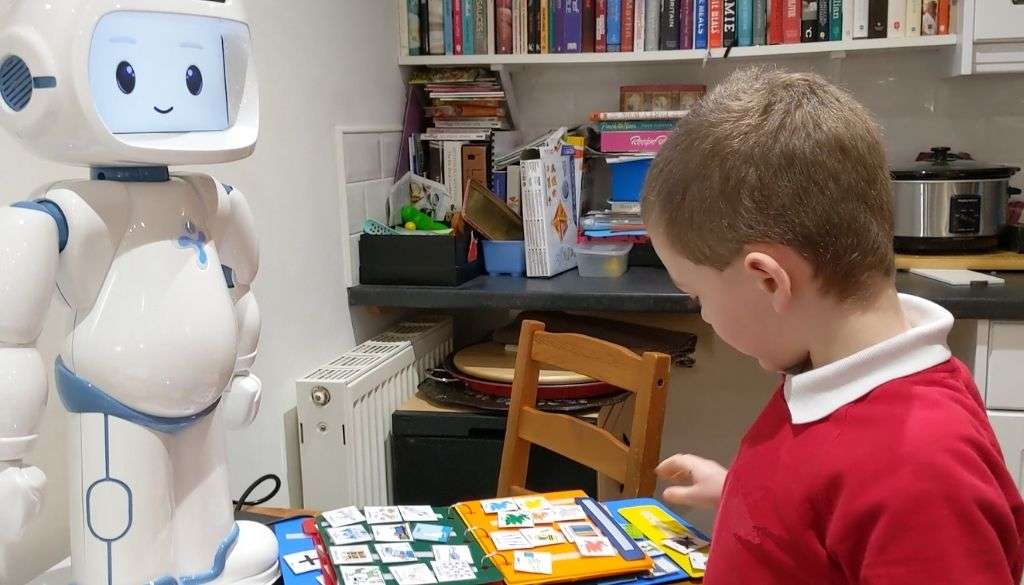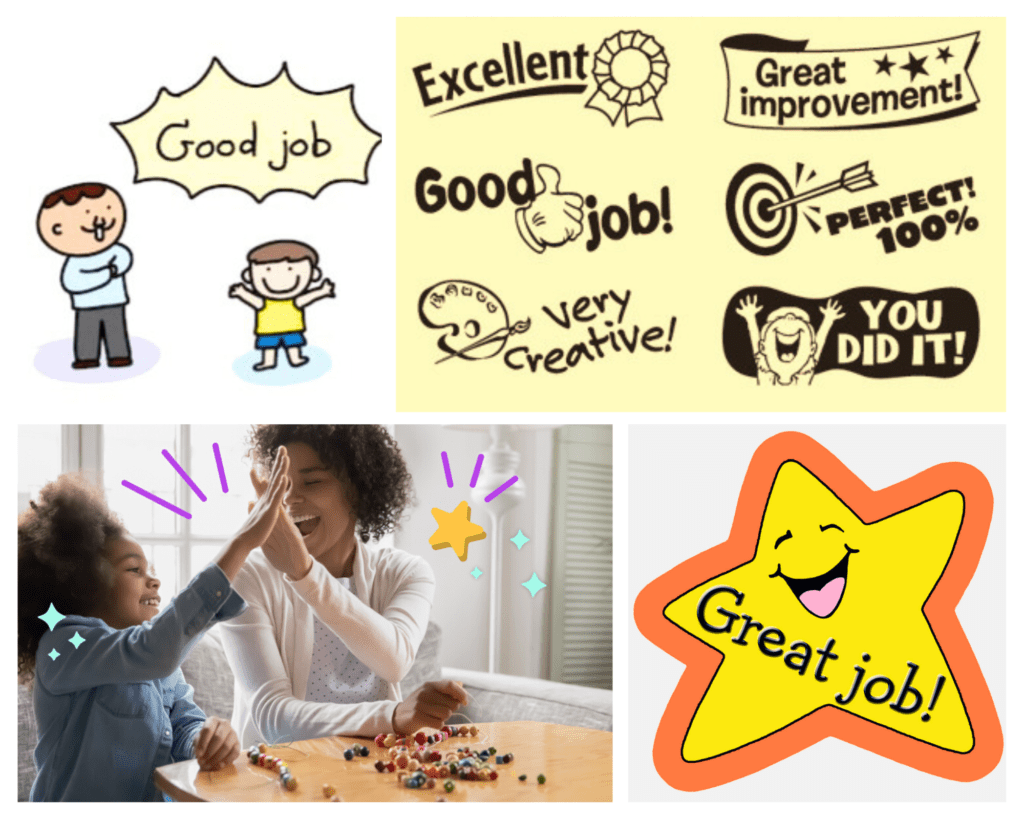
Children with autism spectrum disorder (ASD) often face challenges in learning and behavior regulation. One effective strategy for supporting their development is the use of reinforcers. Reinforcers are stimuli that follow a behavior and increase the likelihood of that behavior occurring again in the future. We can use reinforcers to increase the child’s motivation to do a particular activity, thus reducing the resistance level. Let’s understand effective use of reinforcers for a child with Autism.
In the context of autism intervention, understanding how to identify and utilize reinforcers is crucial for promoting positive behaviors and skill acquisition.
Importance of Reinforcement in Autism
Motivation: Children with autism often have unique interests and motivations. By using reinforcement strategies tailored to the individual’s preferences, therapists and caregivers can increase the child’s motivation to engage in desired behaviors, such as communication, social interaction, and learning new skills.
For example, a child may be motivated to complete a writing page when he knows that he will get a short playtime with his favorite cars after completion of work.

Behavior Modification: Reinforcement techniques, such as positive reinforcement, can be used to encourage and strengthen adaptive behaviors while reducing the occurrence of maladaptive behaviors. For example, a child engaging in repetitive behaviors may be encouraged to engage in more socially appropriate activities through reinforcement.
Skill Acquisition: Many children with autism have deficits in various areas, including communication, social skills, and adaptive behaviour. Reinforcement can be used to facilitate skill acquisition by rewarding attempts and progress toward desired skills, thereby encouraging further learning and development. Hence, every time the child follows an instruction, he gets an applause. Gradually he starts pairing ‘good work’ with a positive outcome, and his compliance increases.

Increasing Engagement: Children with autism may struggle with attention and engagement, particularly in structured learning environments. Reinforcement can help increase engagement by making learning activities more enjoyable and rewarding, leading to improved participation and progress.
Generalization of Skills: Reinforcement strategies can also help promote the generalization of skills across different settings and contexts. By consistently reinforcing desired behaviors in various environments, children with autism are more likely to generalize these behaviors beyond the therapy setting and into their daily lives.
Reducing Anxiety and Stress: Reinforcement can help create a positive and supportive learning environment for children with autism. It can, thus, reduce anxiety and stress associated with learning new skills or engaging in challenging tasks.
Building Positive Relationships: When reinforcement involves social interactions with caregivers, therapists, or peers, it can help strengthen positive relationships and foster social connections, which are important for overall well-being and development.
In summary, reinforcers play a vital role in therapy as well as in a home environment. Parents normally show concerns like ‘why to give reinforcers to a child if we can just push him towards doing work by other means’, ‘won’t children become dependent on reinforcers’ or ‘my child works like this only, he doesn’t need reinforcers’. What we as adults fail to understand that even we need reinforcers in terms of salaries, incentives, acknowledgement, praise and so on. Reinforcers help to increase motivation to do the task again, and the reinforcers can be just praise or smileys, even the timings and schedules of reinforcing can differ, but they are highly important.
Techniques to Effectively Use Reinforcers with Autistic Children
As in my previous blogs, I will try to explain the utilization and usefulness of reinforcers by citing an example of a 6-year-old boy Pranav. Here we will see how reinforcers helped in learning by managing his behaviour. He is on the autism spectrum and has developed single word need based communication. Here is a step-by-step guide on how parents can identify and use reinforcers.
Identifying Reinforcers: The first step in utilizing reinforcers effectively is identifying what motivates the child. Reinforcers can vary greatly from one individual to another. Thus, it’s essential to observe the child carefully to determine what they find rewarding. Common reinforcers for children with autism may include preferred toys, activities, food items, or sensory stimuli. A child may be attracted to a laser light or a bubble blower or just pieces of string. All these can be used as reinforcers. Through regular observations, it’s discovered that Pranav is particularly fond of playing with toy cars.

Using Reinforcers Consistently: Consistency is key when using reinforcers. Reinforce the desired behavior every time it occurs initially, gradually fading the reinforcement schedule as the behavior becomes more established. Whenever Pranav successfully finishes a task assigned by the parent such as solving puzzle or doing a fine motor activity, he is immediately rewarded with a few minutes of playtime with his favorite toy cars.
Pairing: In some cases, you may need to pair the reinforcer with the child to ensure that they associate it positively. For example, if you’re using cars as a reinforcer, start by simply presenting the cars without requiring the child to do anything. This helps establish a positive association with the reinforcer. Also, the child associates cars with a fun experience. Initially, the parent spends time playing with Pranav and the toy cars, ensuring that he enjoys the activity and associates the parent’s presence with the fun experience.
Preference Assessment: After some random intervals, the parent needs to conduct some random preference assessments as well. Maybe the child has shifted to a new interest, and we keep on giving the same toy car as a reinforcer. Hence it is important to conduct regular preference assessments to confirm that toy cars remain a highly motivating reinforcer for Pranav. It also helps to identify other potential reinforcers, such as favourite snacks or access to a swing.
Immediate Delivery of Reinforcers: Reinforcers should be delivered immediately following the desired behavior to strengthen the association between the behavior and the reward. This helps the child understand why they are being rewarded and increases the likelihood of the behavior recurring. Every time Pranav successfully completes a targeted activity, the parent immediately provides him with a brief play session with the toy cars, reinforcing his efforts.
Gradual Shift to Natural Reinforcers: As skills improve, it’s important to gradually fade the use of reinforcers to promote independence and generalization of skills across different settings. Also, shift needs to be directed towards more natural reinforcers like clap or praise or a hug. This can be done by gradually increasing the criteria for reinforcement or by reducing the frequency of reinforcement over time. Also, when the frequency of tangible reinforcers is reduced, the rest of the encouragement can come in form of hugs or claps.
For instance, if a child gets smiley sticker every time he does independent notebook work, this can gradually be faded and a picture of smiley or a good comment or even a grade can be given depending on child’s cognitive understanding. As Pranav becomes more proficient with targeted activities, the parent gradually transitions from using tangible reinforcers like toy cars to natural reinforcers such as praise and access to preferred activities (e.g., going to the park).
Monitoring and Adjusting: As skills improve, it’s important to gradually fade the use of reinforcers to promote independence and generalization of skills across different settings. This can be done by gradually increasing the criteria for reinforcement or by reducing the frequency of reinforcement over time. The parent closely monitors Pranav progress and adjusts the reinforcement strategy as needed. If Pranav starts to lose interest in toy cars, they might introduce a new reinforcer or modify the reinforcement schedule to maintain motivation.
Reinforcing Approximations: Initially, reinforce even small steps towards the desired behavior (approximations). As the child progresses, gradually increase the expectations and reinforce more complex behaviors. In the beginning, even if Pranav takes a slight prompt to complete a task, he is still reinforced with a brief play session with the toy cars. As he becomes more proficient, the reinforcement is gradually shifted to only when he successfully completes the task.
Avoiding Satiation: Be mindful not to overuse a reinforcer to the point where it loses its effectiveness due to satiation. Rotate through a variety of reinforcers to keep them motivating for the child. To prevent Pranav from becoming satiated with the reinforcer, the parent rotates through a variety of reinforcers, such as different types of toys, snacks, or activities, ensuring that they remain motivating for Pranav. This is a very crucial step for maintaining the interest in a reinforcer. For instance, if a child finds specific namkeen as a reinforcer, the parent should avoid giving that particular snack at any other time.
Through effective reinforcement, you can help motivate children with autism to engage in desired behaviors and facilitate their development. However, it’s important to work closely with professionals experienced in ABA therapy to develop and implement an individualized behavior intervention plan tailored to the specific needs of the child.
To read more article on Autism or child development click here. If you have any query or individual question do ask in comment box below or write email to jaisika@craftinglives.com
To know more about services we have in our centers click on the link craftinglives

